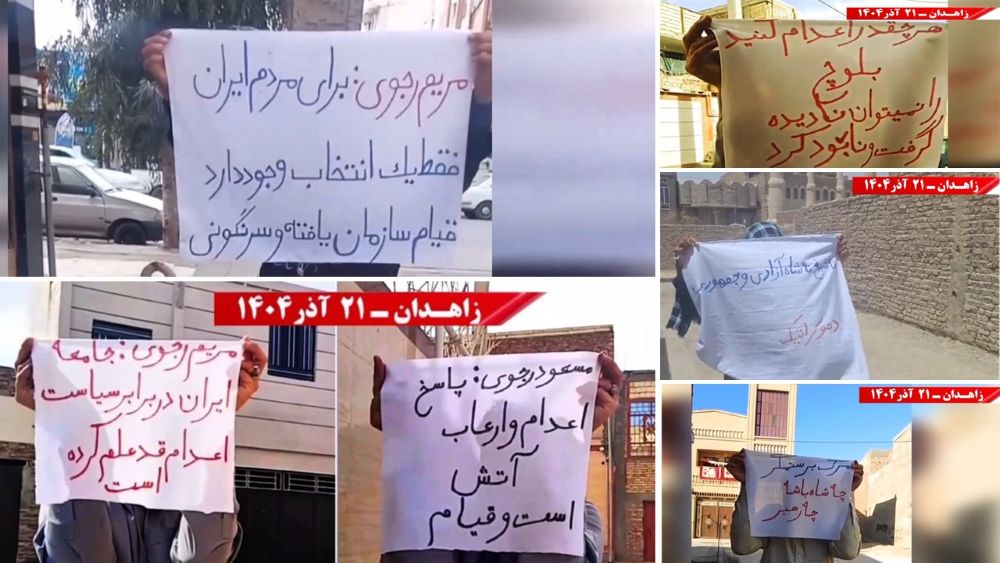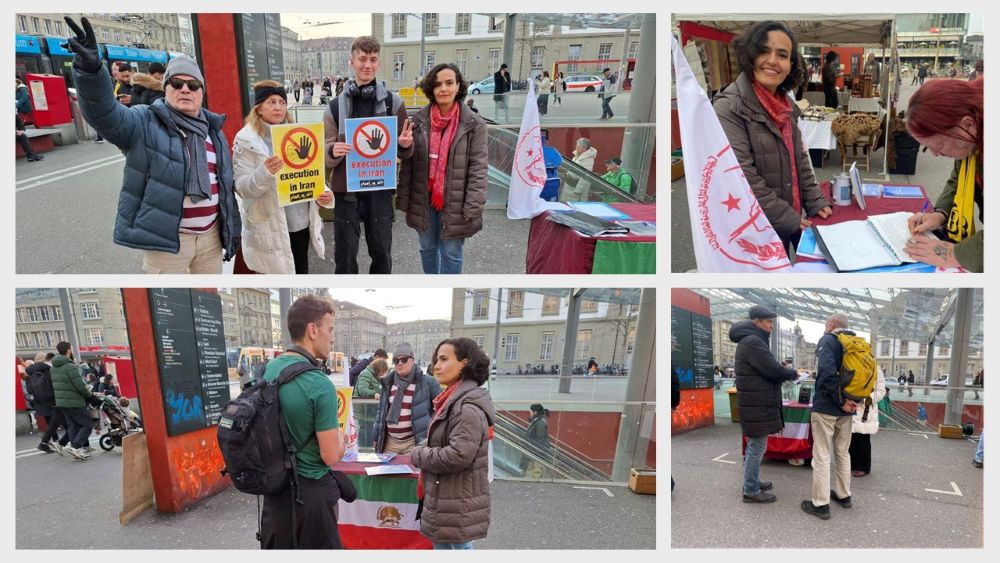
With the current economic crises in Iran, the Iranian regime has been pressuring countries around the world, who have the regime’s money frozen in accounts, to release the money for immediate use. However, the question remains as to whether this money will be used to fund the regime’s malign activities or to help the Iranian people out of the crises.
Official figures of the amount of Tehran’s frozen money stored in accounts abroad are non-existent, but it is speculated that the amount ranges between $20 billion and $180 billion. Most notably in the demands for the release of funds, the regime has been increasing pressure on South Korea to release over $7 billion.
The National Council of Resistance of Iran (NCRI) said, “The South Korean government has refused to give any cash to the Iranian regime, citing the U.S. sanctions on Tehran’s oil export. This has been a similar case with China, Japan, and India.”
Any money that can be released is allowed to be spent on procuring vaccines in order to keep control of the Covid-19 outbreak in Iran. According to figures from the Iranian opposition, Iran’s current death toll from the pandemic has reached over 453,900, while figures engineered by the regime have given a lower toll of 122,868. Either way, these figures confirm that the worst is not over in Iran.
The NCRI said, “The Iranian regime could have prevented the current Covid-19 crisis by using credible vaccines. But the regime’s Supreme Leader, Ali Khamenei, has effectively banned credible WHO-approved vaccines from the US and UK since January 8, 2021.”
Also Read: Khamenei Bans Coronavirus Vaccines
The sanctions on the regime are in place due to their malign activities and will only be lifted if the mullahs agree to cease their support of terrorism and stop the regime’s nuclear program, neither of which they are likely to do any time soon.
The NCRI said, “The regime needs a flow of cash to fund its terrorist proxy groups such as Hezbollah and Houthis. According to an exclusive report published by the U.S. State Department in 2020, the Iranian regime pays as much as $700 million in funds annually to Hezbollah.”
In recent revelations uncovered by the Iranian Resistance in regards to the regime’s extensive UAV program, the fact that the regime often funds their terrorist allied groups has been confirmed. The NCRI stated that in the early 2000s, a number of members of the Hezbollah group in Lebanon received training on aircrafts in Iran with a company that produces UAVs. Later, the regime sent several of the aircrafts to Lebanon for the Hezbollah’s use.
When the regime became a part of the 2015 Iran nuclear deal, formerly known as the Joint Comprehensive Plan of Action (JCPOA), they receive billions of dollars from abroad. The money was never used to improve the living conditions of the Iranian people, and was instead used to fund the regime’s terrorist activities. As a result, major protests in Iran erupted in 2018 because of the economic crises that society was facing, which later led to the notable November 2019 uprising.
The lack of action from western governments into curbing the regime’s malign activities has allowed the mullahs to advance their nuclear programs, as well as their missile and UAV programs, unattested. All the while, over 80% of Iranians are living under the poverty line, in appalling living conditions with the lack of many job opportunities.
Also Read: Iran: People’s Poverty a Result of Sanctions or Plundering by Corrupt Mullahs and IRGC Terrorists?
The NCRI said, “None of the sanctions against the regime should be lifted until it has stopped all its rogue behavior and intransigence in the region and its repression of the Iranian people.”



